Adhering to QR code best practices is crucial for optimizing scan rates and engaging your desired audience effectively.
While QR codes offer powerful marketing potential, adhering to specific guidelines is vital to ensure their actual effectiveness. Otherwise, it will just be pixelated images bounded by a square.
So, how can you ensure their swift recognition and immediate scanning?
Outlined below are today’s essential QR code best practices that you should adopt for a successful implementation of QR marketing.
1. Choose a dynamic QR code type
One key aspect about QR codes: Opting for dynamic codes is consistently a smarter choice.
In dynamic QR codes, the actual information isn’t stored directly within the code; it contains a short URL instead.
On the other hand, static QR codes embed the information directly in the code itself.
As more information is added to a static QR code, its pixelation increases, which can lead to scanning difficulties.
Also, dynamic QR codes offer the advantage of data updates and tracking capabilities. This facilitates campaign growth and evolution through continuous enhancement, while also preventing the obsolescence of old QR codes by enabling updates.
2. Work only with a high-quality QR code image
Work only with a high-quality QR code image
Avoid creating blurry QR codes; ensure the QR code image is sharp and of high quality for effortless scanning.
3. Links in the QR Code should be optimized for smartphone
Links in the QR Code should be optimized for smartphone
Virtually everyone scanning a QR code will do so using their smartphones.
Hence, it’s essential to always link your QR codes to mobile-friendly versions of websites.
4. Take into account the appropriate dimensions for your QR code
Take into account the appropriate dimensions for your QR code
If your QR code goes unnoticed, its intended purpose is defeated. Size plays a crucial role here – avoid making it excessively small to the point of being indistinguishable from your audience.
Moreover, if the QR code is too diminutive for a smartphone camera to detect, its utility is rendered null and void.
5. Branding consistency
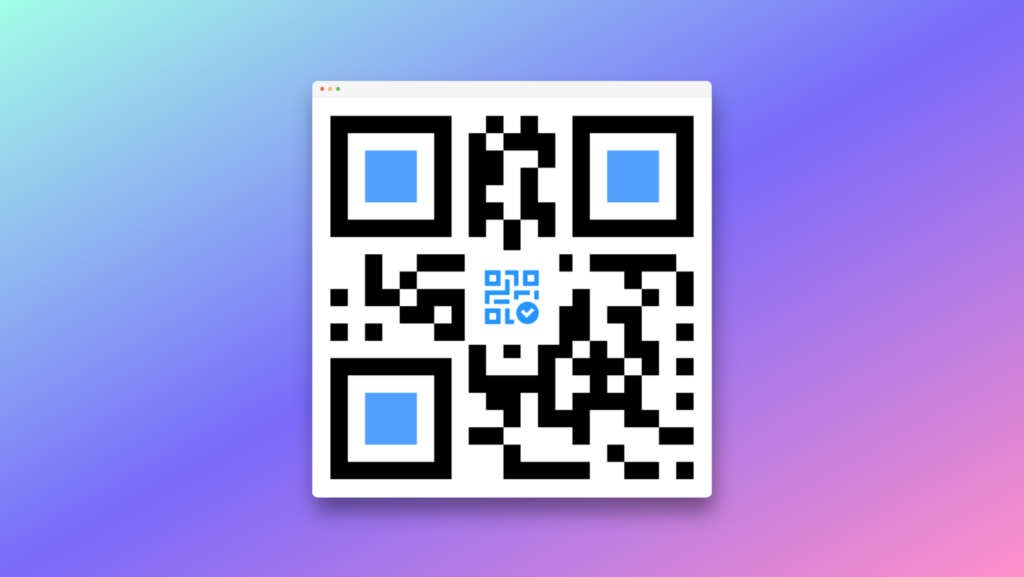
One smart QR code practice is to integrate it into your brand. Adding your logo makes customers feel secure, knowing it’s a genuine code. Generate on-brand codes using a trusted QR code generator. Branded codes get about 80% more scans due to increased trust and recognition.
6. Offer clear value
The effectiveness of QR codes lies in the value they offer. They enhance convenience and accessibility. Maintain this purpose by ensuring your QR codes lead to valuable content and functions. Avoid leading to ordinary or uninteresting content. Provide exceptional experiences to encourage repeat scans and engagement.
7. Think about optimal placement
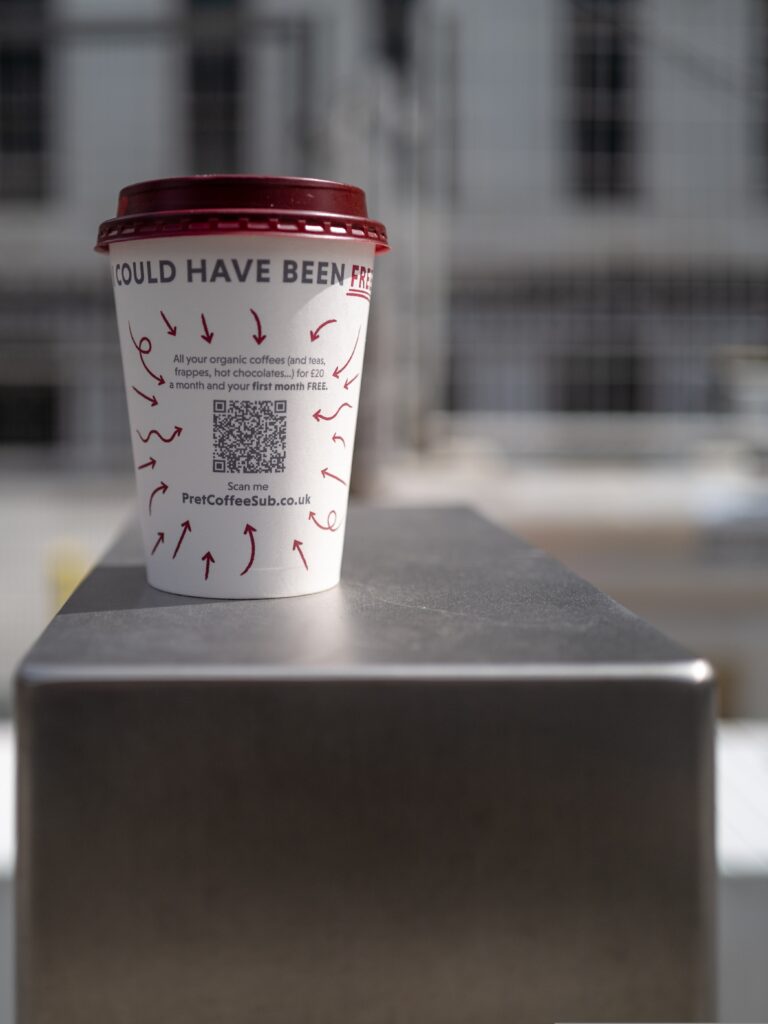
Ensure they are positioned prominently, scan-friendly, and easily noticeable. QR codes hidden in corners of packaging or magazines might not attract attention. Make sure they’re well-integrated into the design to capture your audience’s interest effectively.
8. Choose the Right Material
Ensure the material you place your QR codes on doesn’t distort their appearance. Avoid porous or highly reflective surfaces and ensure they’re placed on flat areas. While QR codes have error correction, excessive imperfections can render them unreadable.
9. Tracking and Analytics
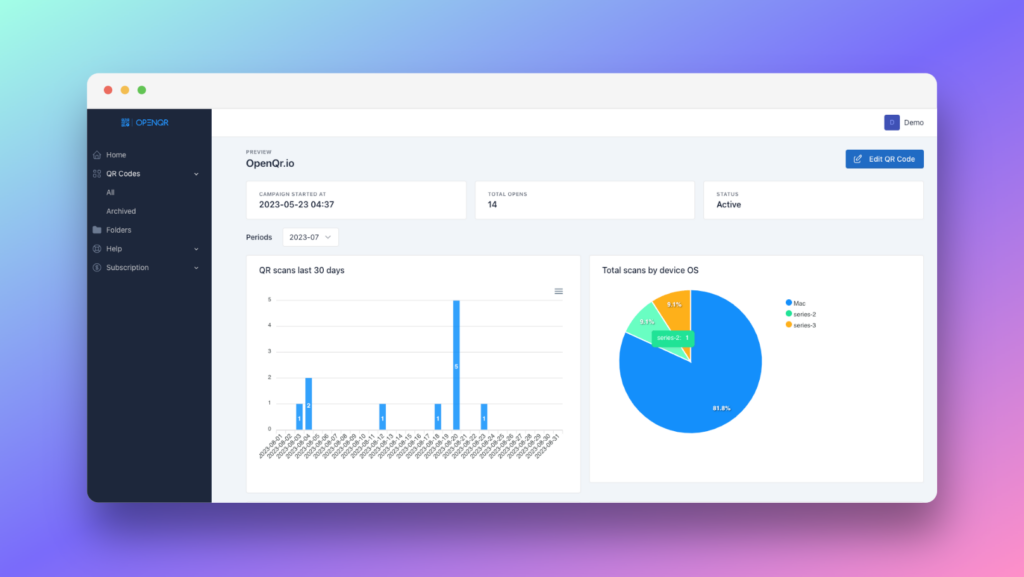
Without monitoring, you can’t gauge the success or failure of your QR code marketing campaign. Tracking is crucial for evaluating its effectiveness. With OpenQR you can gather insights on scan rates, demographics, and user engagement.
10. The Importance of a Running a QR Code Test
Prior to embarking on your innovative QR code marketing endeavor using a QR code generator, remember a crucial step: test your QR code.
Following the best practices for QR codes, one key tip is pre-testing your QR code. This guarantees a fully operational QR code before widespread distribution, avoiding wasted efforts and expenses on an unreliable code.
However, identifying an issue with a QR code is more intricate than it seems. A single scan doesn’t provide conclusive results. Just because it worked once doesn’t ensure consistent performance.
To ascertain functionality, conduct multiple scans from different angles. Only when it consistently operates can you be confident.
The purpose of QR codes is to simplify user experiences. If users struggle to access content through numerous attempts, you negate their convenience.
Worse still, a malfunctioning QR code undermines your credibility. People will trust your campaigns less, resulting in decreased engagement over time.
11. Do not invert the colour of your QR code
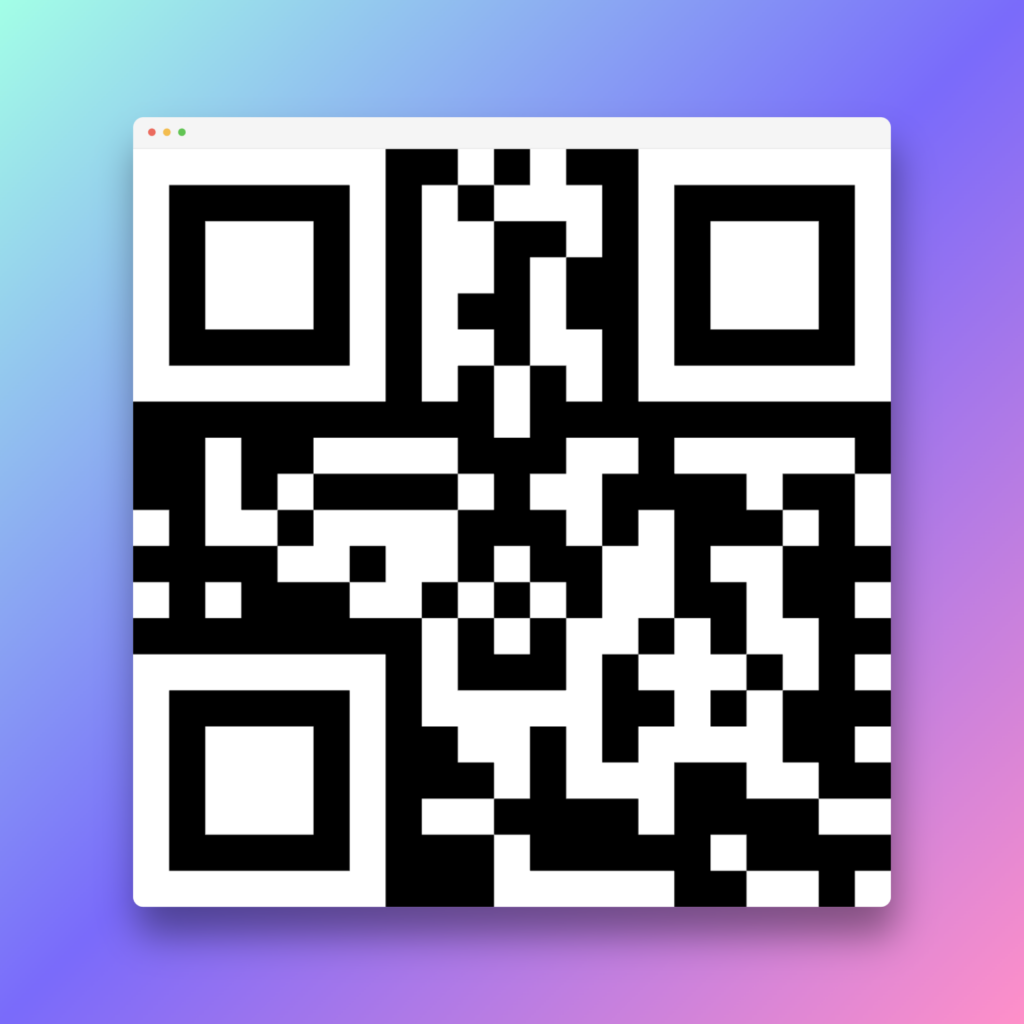
Avoid reversing the colours of your QR code. Inverting the colours can lead to difficulties in scanning and even prevent successful scans.
Always ensure that the foreground colour of your QR code is darker than the background. Additionally, maintaining sufficient contrast in the colour scheme is crucial.
Steer clear of using light colours, as they can pose challenges for QR code readers in detecting codes with lighter colour variations.
12. Use the “Quiet zone”
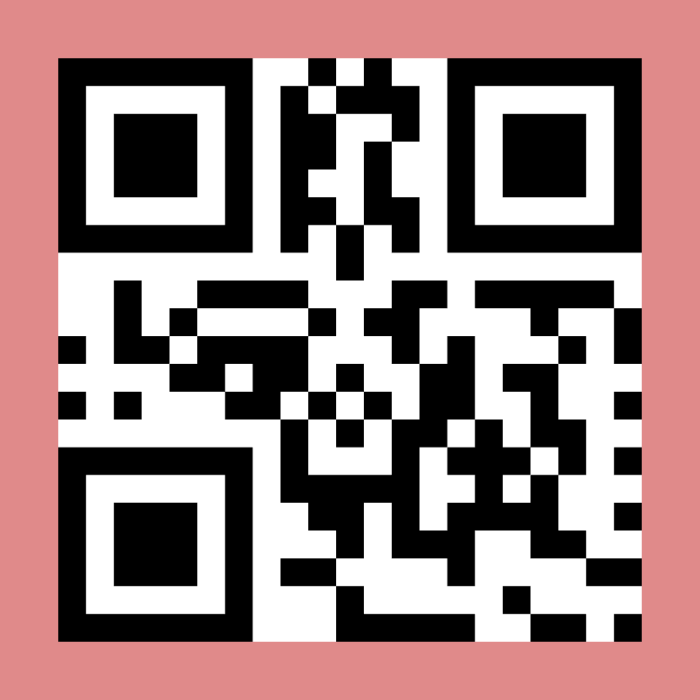
Much like the significance of white space in design, the quiet zone in a QR code provides structure and enhances clarity. But for whom or what? It’s for the scanning program. To differentiate the QR code from its surroundings and ensure successful scanning, the quiet zone is indispensable.
13. Reduce contact with surfaces
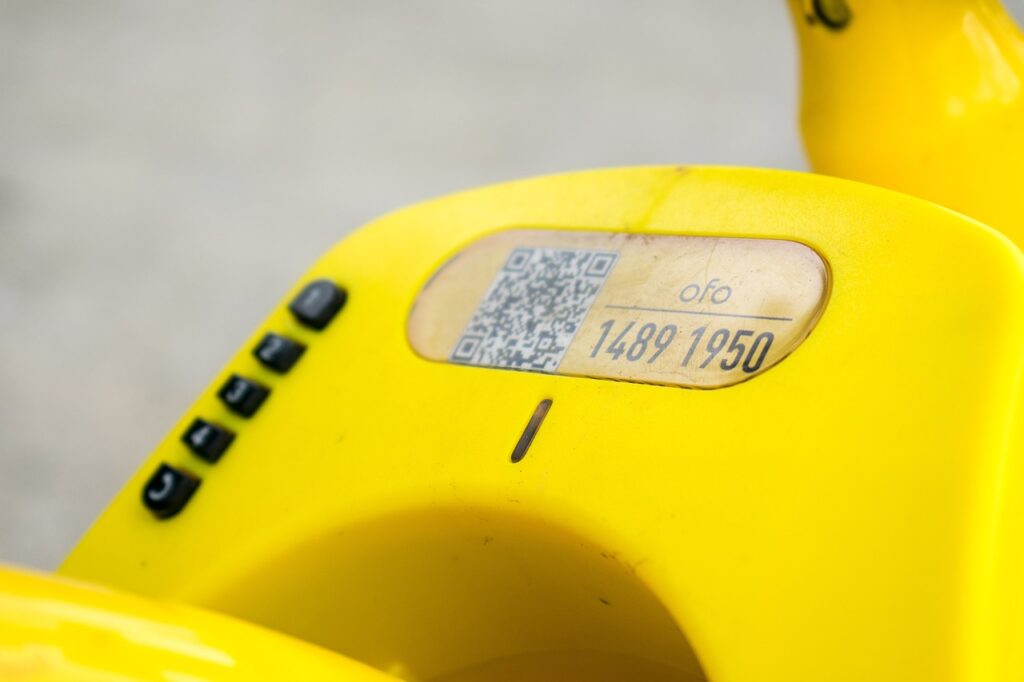
To ensure longevity and easy scanning, minimize direct physical contact with your QR code. Frequent contact can cause surface erosion over time, making the code harder to scan. For instance, if you’re placing a QR code on a storefront, consider adhering it to the inside of the window instead of the outside.
14. Avoid Messing With the Shape of QR Codes
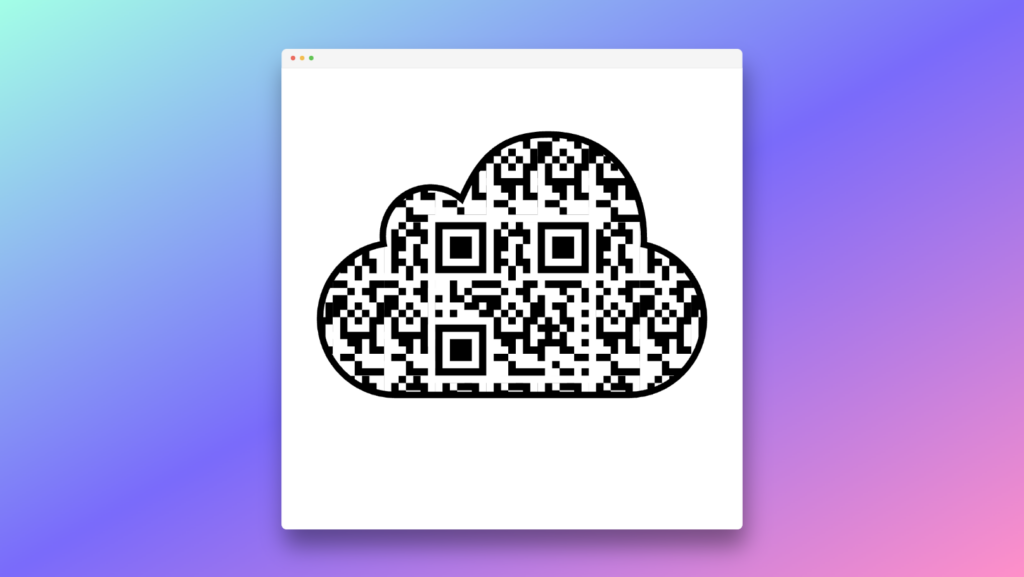
While QR codes can be customized to match your marketing material’s design, it’s advisable not to alter their shape. Changing the shape can distort the pattern essential for accurate scanning, undermining its precision. People are more familiar with the traditional square QR code shape, so experimenting with different shapes may lead to reduced recognition and fewer scans. Sticking to the classic square shape ensures better familiarity and scan rates.
15. Avoid multiple Codes at once
There are situations where you might find it necessary to position QR codes in close proximity to each other. However, it’s important to be aware that printing multiple codes in close proximity, or placing QR codes alongside barcodes, could lead to accidental scanning of the wrong code. This can cause confusion and result in inaccurate data capture.
